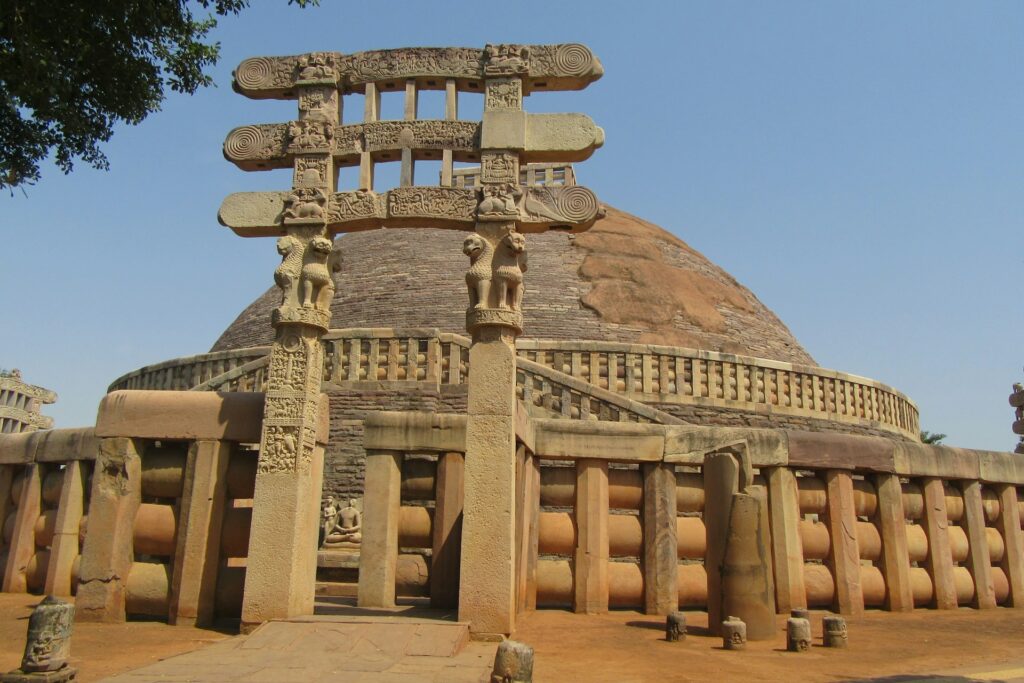
The United Nations Educational, Scientific and Cultural Organization (UNESCO) gives a special designation to places it considers of outstanding cultural or natural importance to the entire world. It calls such places a World Heritage Site. It chooses these sites based on strict criteria.
There are two main types of World Heritage Sites:
- Cultural: These sites encompass things like historical cities, archaeological sites, and monuments. Examples include the Pyramids of Egypt, the Great Wall of China, and the Taj Mahal.
- Natural: These stunning natural wonders form these sites, like the Grand Canyon, the Galapagos Islands, and the Great Barrier Reef.
In some cases, UNESCO designates a site as “mixed” if it includes both cultural and natural significance.
Naming a site as a World Heritage Site brings international recognition and protection to help ensure future generations preserve these special places.
How does the selection process for world heritage sites work?
Let’s break down each key step in the UNESCO World Heritage Site determination process with even more detail:
1. A Country Nominates a Site:
- Identification: A country with significant cultural or natural sites within its borders first needs to identify them. This might involve consulting historians, archaeologists, conservationists, and local communities.
- Tentative List Inclusion: Once it identifies them, the country adds these sites to its Tentative List. This list serves as a national inventory of potential World Heritage Sites. UNESCO recommends including detailed information about each site on the list, showcasing its potential value.
- Selection for Nomination: From the Tentative List, the country carefully selects a site for a formal nomination to UNESCO. It often considers factors like the site’s state of preservation, management plans, and potential benefits of World Heritage status during this selection process.
2. Advisory Bodies Evaluate the Nomination:
- Nomination File Preparation: The nominated site requires a comprehensive nomination file. This file typically includes detailed descriptions, maps, conservation plans, and justifications for how the site meets the World Heritage selection criteria.
- ICOMOS or IUCN Reviews the File: Depending on the site’s nature (cultural or natural), the World Heritage Centre assigns the nomination file to either ICOMOS (cultural) or IUCN (natural) for evaluation. These advisory bodies have expert panels who assess the file’s completeness and the site’s adherence to the relevant selection criteria.
- Generation of an Evaluation Report: Following a thorough review, ICOMOS or IUCN prepares an evaluation report. This report includes recommendations for the World Heritage Committee, highlighting the site’s strengths, weaknesses, and any potential concerns.
3. The World Heritage Committee Makes a Decision:
- Committee Meeting: Once a year, the World Heritage Committee composed of representatives from member states convenes to review nominations. They consider the nomination file, the advisory body report, and may even request presentations from the nominating country.
- Inscription, Deferral, or Request for More Information: The Committee has three main options:
- Inscription: If convinced of the site’s outstanding universal value, the Committee votes to inscribe it on the World Heritage List.
- Deferral: The Committee might defer a decision, requesting further information or improvements to the site’s management plan before inscription.
- Not Inscribed: In some cases, the Committee might decide not to inscribe the site, usually due to concerns about its preservation or lack of sufficient justification for World Heritage status.
4. Outstanding Universal Value (OUV) Criteria:
- Application of Criteria: UNESCO establishes the ten selection criteria that serve as a benchmark for evaluating a site’s OUV. These criteria cover aspects like cultural heritage, historical significance, architectural or artistic uniqueness, or exceptional natural beauty.
- Justification and Evidence: The nomination file needs to clearly demonstrate how the nominated site meets at least one of the ten criteria. This involves providing strong evidence and justifications to support the claim of OUV.
How many UNESCO world heritage sites are there?
As of April 2024, UNESCO has inscribed 1,199 World Heritage Sites. 933 are cultural sites followed by 227 natural sites and 39 mixed sites.
Which country has the most world heritage sites?
As of 2024, Italy has the most world heritage sites with 59. China follows with 57 sites, then France and Germany with 52 sites each.